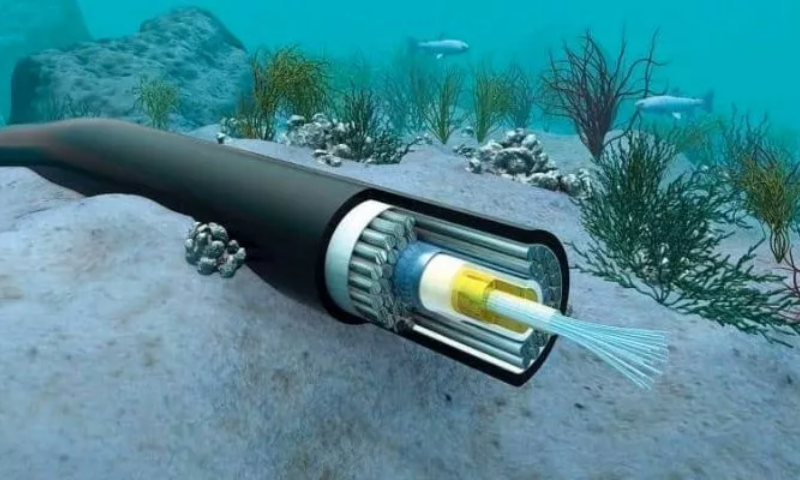SANAA: Concerns have emerged regarding the security of critical undersea cables in the Red Sea, which play a pivotal role in the global internet infrastructure and the transmission of financial data.
The worries stem from indications by a Houthi-linked Telegram channel that shared a map highlighting the routes of submarine cables along the Red Sea bed. This has raised apprehensions about the strategic location of these cables, potentially making them susceptible to sabotage and disrupting worldwide internet connectivity.
Telecom firms associated with the UN-recognized Yemen government have expressed fear that Houthi may be planning to target this essential undersea network. The Houthi-linked Telegram channel’s message accompanying the map stated, “It seems that Yemen is in a strategic location, as internet lines that connect entire continents – not only countries – pass near it.”
This revelation has prompted concerns about the potential for the rebels to gain knowledge about the functioning of these critical cables, posing a risk to global communication networks.
Yemen Telecom has actively sought to prevent global telecom alliances from engaging with the Houthis, emphasizing the risk of providing insights into the operations of submarine cables.
It has been estimated that approximately 17% of the world’s internet traffic relies on these fiber-optic cables traversing the Red Sea, making them a critical component of the global communication infrastructure.
The General Telecommunications Corporation in Yemen has condemned the threats made by the Houthi militia to target international submarine cables. The vulnerability of these cables to external factors, such as damage from ships’ anchors and earthquakes, adds to the complexity of safeguarding them.
As many as 16 submarine cables, including the strategically significant Asia-Africa-Europe AE-1, pass through the Red Sea towards Egypt, making them potential targets for disruption.
Security analysts at the Gulf Security Forum have highlighted that the relative technological underdevelopment of the Houthis has, so far, played a role in keeping the cables safe. However, the potential threat looms large, especially as cables at certain points run at a depth of 100 meters, reducing the need for sophisticated submarines.
The historical precedent of attempts to cut undersea cables, as seen in Egypt in 2013, underscores the vulnerabilities associated with these vital communication links.
While the Houthis may lack submersibles to directly reach the cables, the current scenario emphasizes the need for heightened vigilance and international cooperation to safeguard critical communication infrastructure. The Gulf Security Forum’s report indicates that the Houthis maintain the capability to harass surface shipping through missiles and fast-attack craft, raising concerns about their potential to disrupt these undersea cables.
In response to potential threats in the region, the United States recently conducted air strikes against Houthi targets in Yemen, aiming to neutralize land attack and anti-ship cruise missiles. The international community is closely monitoring the situation, recognizing the importance of preventing any disruption to these vital undersea cables that underpin global communication networks and financial transactions.























